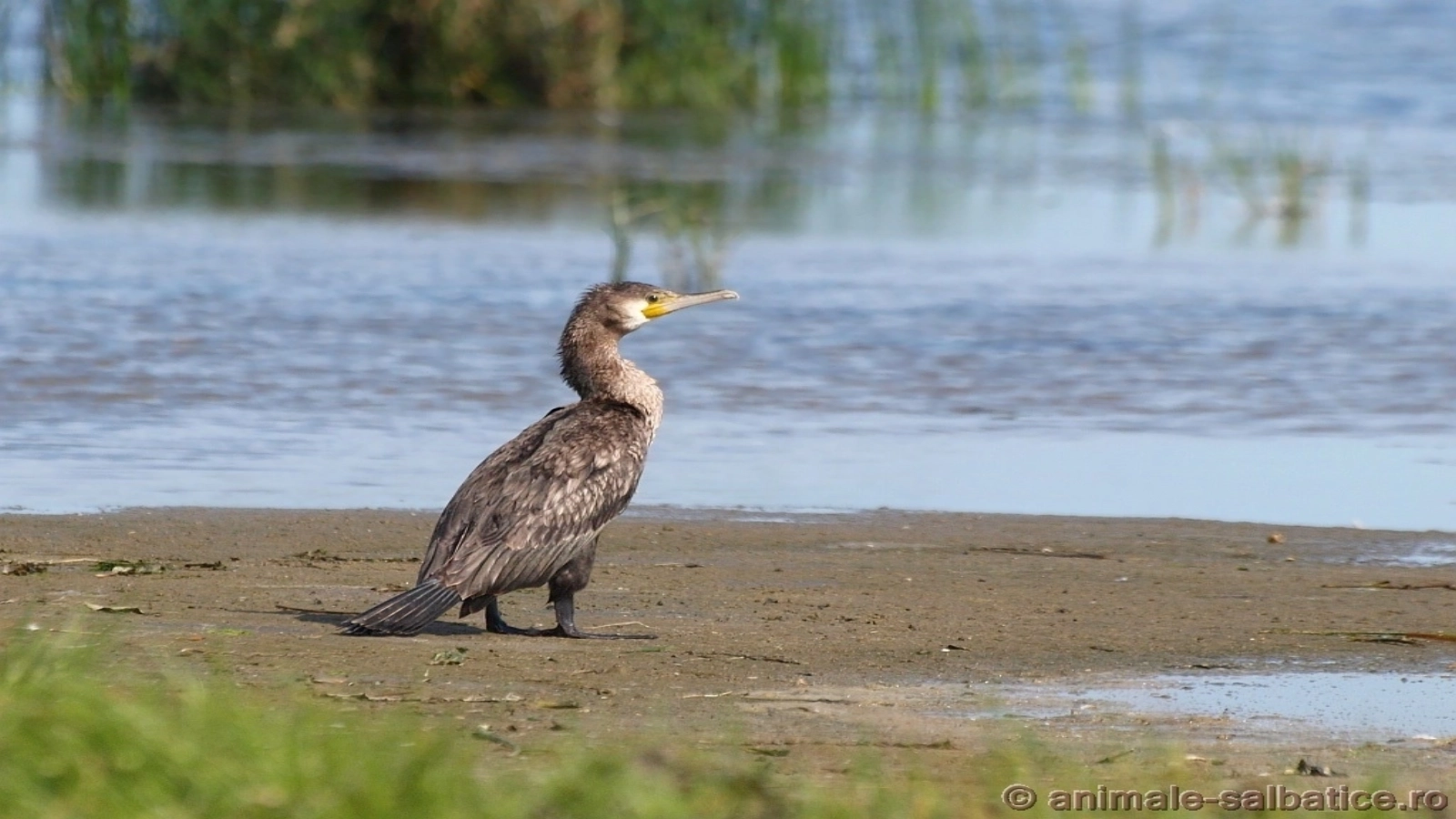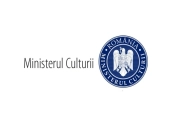Cormorants, like pelicans, are proof of the existence of fish in the Danube Delta Biosphere Reserve (RBDD) and are a barometer of the resource that can be used by the locals, some professional fishermen in the Delta protecting these birds.
Three species live in RBDD: the pygmy cormorant (Phalacrocorax pygmeus), a strictly protected species, the great cormorant (Phalacrocorax carbo), and the European Shag (Phalacrocorax aristotelis), this last species being very rare.
According to the specialists of the Danube Delta National Institute for Research & Development (INCDDD), cormorants and pelicans are proof of the existence of fish in the RBDD.
"These birds are a barometer that shows us that there are fish that can be caught in the Delta. When there are no more cormorants and pelicans, a situation that can already be found in many other deltas in the world, we will have to completely ban fishing to restore the stock. Thus, at least from this point of view, cormorants should be seen as allies and not as enemies," researcher Mihai Marinov told AGERPRES.
Of the two subspecies of the great cormorant, the continental form, Phalacrocorax carbo sinensis, lives in Romania, the population size being estimated, about 17 years ago, at about 20,000 nesting pairs, of which 90 percent concentrated in the Danube Delta.
"The majority of the great cormorants nest in most cases on trees, in mixed colonies, frequently together with the pygmy cormorant, but also with egrets, herons, spoonbills and glossy ibis. Nesting on the ground, together with pelicans or other species of water birds, has also been reported. The nesting of the great cormorant next to the colonial waterbirds of conservation interest is an important aspect to remember in case of possible interventions to reduce the flocks," said the INCDDD specialist.
After the major decline caused by the mass killing of cormorants, 1984 to 2006, there followed an increase of nesting flocks in the Danube Delta.
"As of 2007, when 17,500 pairs were reported in Romania, of which 16,455 nests on the territory of the RBDD, until 2015 there was a new decline in the Great Cormorant population in the Delta, probably as a result of the reduction of fish stocks, of the shootings near fishponds, of tourism in the colonies, but also of the dispersal of great cormorants inside the country and in Romania's neighboring states. (...) In the last three years, 9,950, 10,050 and 10,430 pairs were registered. These figures correspond to the multi-year evaluations for the RBDD, 8,000-12,000 pairs, Natura 2000 online database," said the INCDDD representative.
The great cormorant is considered almost exclusively ichthyophagous (piscivore), using a wide trophic range, the composition of the prey being primarily determined by its accessibility, and its size varying between a few grams up to a maximum of 700 grams.
"Recent research in the Danube Delta has identified approximately 20 species of fish, which form the diet of the great cormorant, most of which are of little value from an economic point of view. The tendency of the colonies to move towards the lagoon and coastal areas in recent years is explained by the trophic supply in these ecosystems: especially species of goby and small marine fish," said researcher Mihai Marinov.
The extermination campaigns of ichthyophagous birds that led to the loss of hundreds of thousands of specimens, from the beginning of the second half of the last century, were expected to result in the return of fish stocks and, implicitly, the increase of catches, but the effect was the opposite, and the decline of the fish resource intensified.
According to the researcher from Tulcea, exclusively ichthyophagous species consume significant amounts of fish, but this should not be viewed from an economic point of view, especially since it has been happening for millions of years, and in the Delta since its formation.
"It is getting harder for many Ichthyophages to find fish and they do it hundreds of kilometers away from the Danube Delta. However, until the brutal human intervention in reshaping the Delta, fish existed in quantities that were enough for both birds and humans. And the fact that the birds come and feed in the fishponds is also because of man who modified the Delta, by creating agricultural or forestry developments, for example, and generated the decrease in fish stocks. In other words, the decline of the fish resource cannot be attributed to birds, which have co-existed and co-evolved over time," said researcher Mihai Marinov.
The cormorants in the Danube Delta, despite the controversies surrounding them, just like pelicans, have become a major tourist attraction enjoyed by hundreds of thousands of tourists annually.
































Comentează